There’s not always a need for fancy chairs or furniture to create flexible seating options in your classroom. In fact, you can arrange your existing classroom furniture and weave in a couple tools that help create more natural flexible seating choices.
The options discussed below leave room for students who are interested in working away from their desk, but still create an environment where every student has their own desk – their own home base.
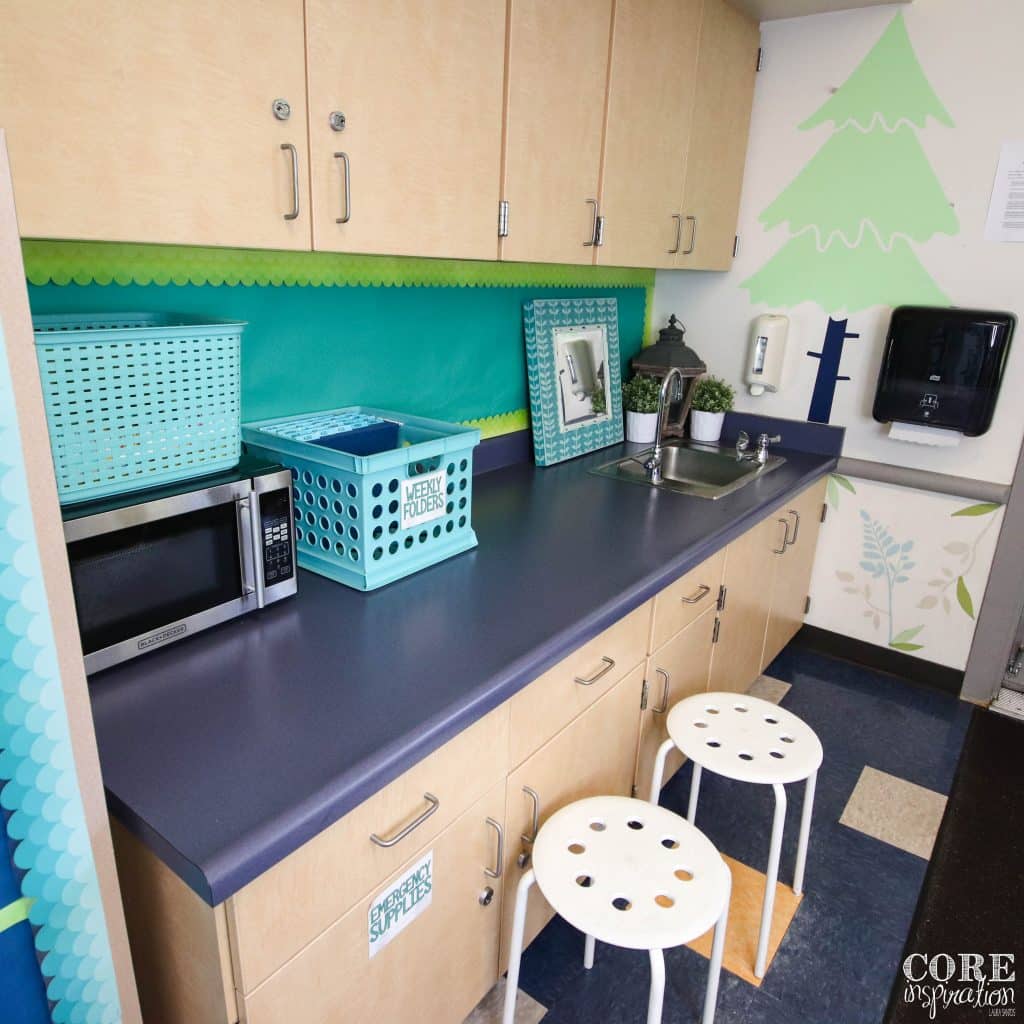
Keeping All Learners In Mind When Designing Classroom Seating
Something that is often forgotten in today’s focus on flexible seating is the wide variety of learners sitting in our classroom each day. Every year, we have students in our class who find a great deal of comfort in knowing they have a desk with their name on it – a place where they can sit consistently day-to-day. Yes, we should have these students practice flexibility, resilience, and environmental transitions through routine seat changes within our classroom. But these students also deserve to walk through the classroom door each day without having to work through the anxiety caused by many full-fledged flexible seating environments.
On the flip side, we also have students who find a great deal of comfort in knowing they learn in a classroom where they will not be expected to stay seated at their desk for every learning activity. Yes, we should have these students practice more traditional listening behaviors and skills for collaborating in group around a table. But these students also deserve to walk through the classroom door each day knowing they will have the freedom to sit in places around the room where they can maximize their focus, spread out, and engage in movement while they work.
Rather than having everyone in class participate in flexible seating, you may consider providing a consistent seat for everyone – a home base, and giving the option to work away from that home base when students have the desire to work in a more flexible space.
These five “flexible seating” faves that are perfect for making that happen in your classroom. Whether you are a new teacher getting started with gathering their classroom must-haves, or a veteran teacher who is looking to open up more workspace options for their students, these five low-cost options are worth a try.
Rugs or Open Carpet Space
Having one or two open spaces on your floor is a flexible seating favorite for early elementary students. They love to sprawl out while they work, and the perfect place to do so is on the floor. Using low-cost rugs is an easy way to create a spatial boundary for floor workspaces.
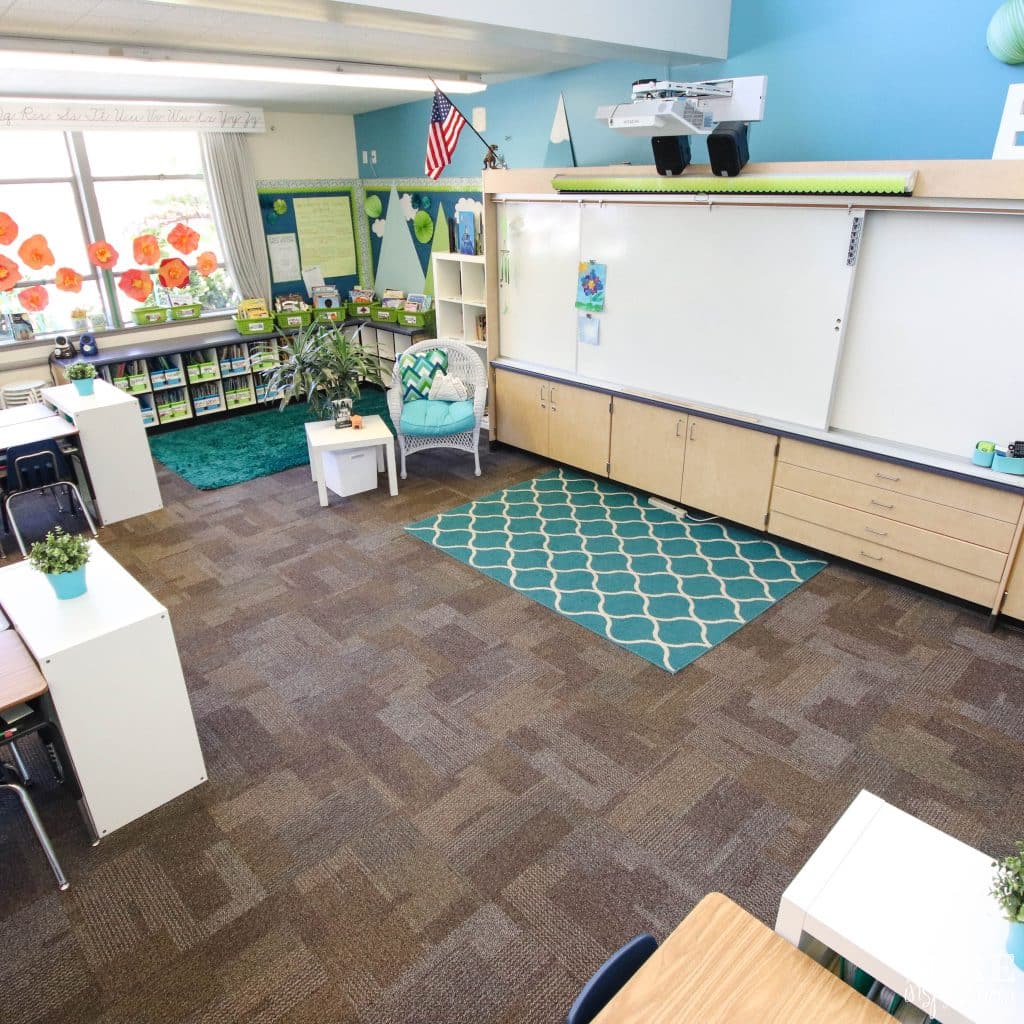
If you don’t have rug, think of how you can arrange your classroom furniture to create a boundary. The best part about reserving an open space on your floor is it can double as a mini lesson zone, or morning meeting space for the class, and then open up to a workspace during work times throughout the day.
Counters
Rather than covering every counter space with supplies, leave plenty of open space so students who prefer to stand have an easy flexible seating option. Providing counter space also gives students more room to spread out when working on projects compared with the limited surface area of a standing desk.
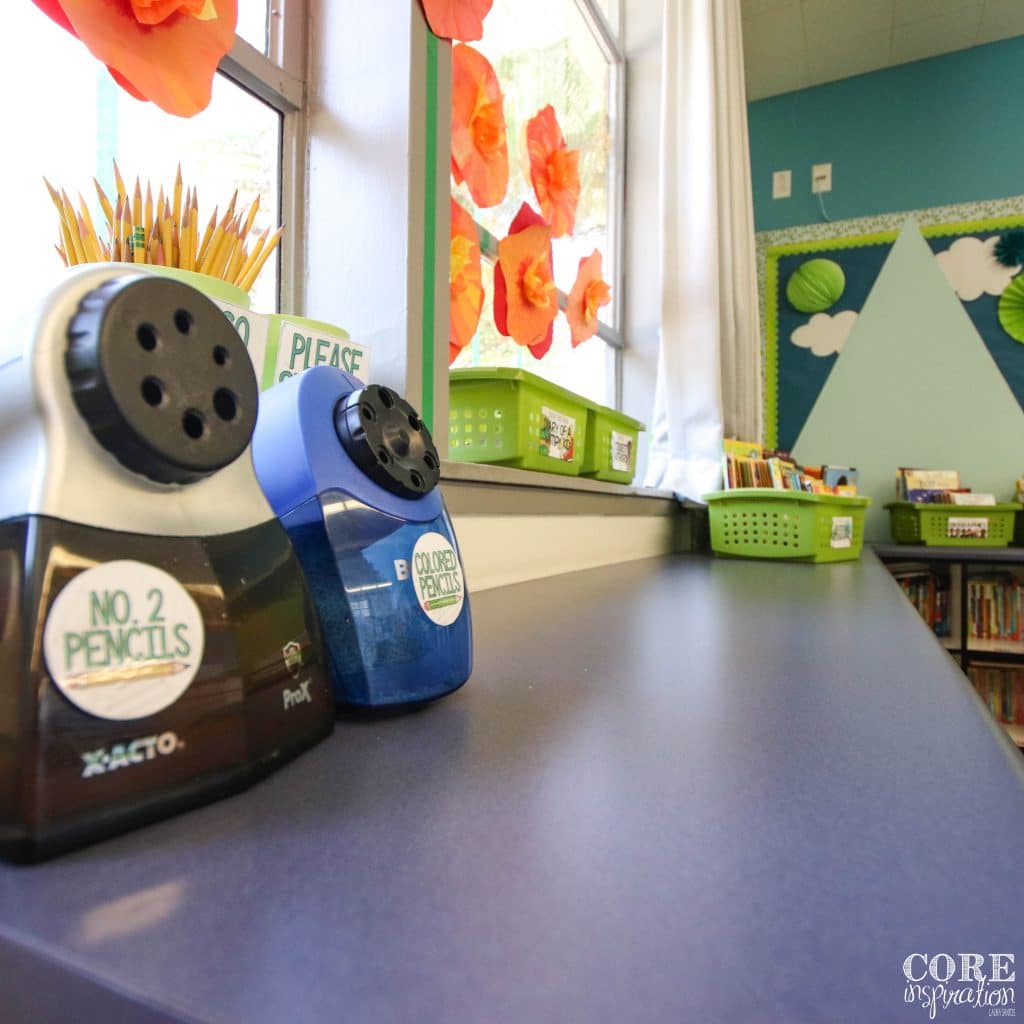
Placemats
Plastic placemats are another cost-effective flexible seating option. They provide a smooth surface that can make tile and linoleum floor spaces more work-friendly, transform an outdoor picnic table into a smooth work surface, or make writing and drawing on carpeted areas easier. Ikea has some excellent round and square plastic placemats that are super affordable, durable, and easy-to-clean.
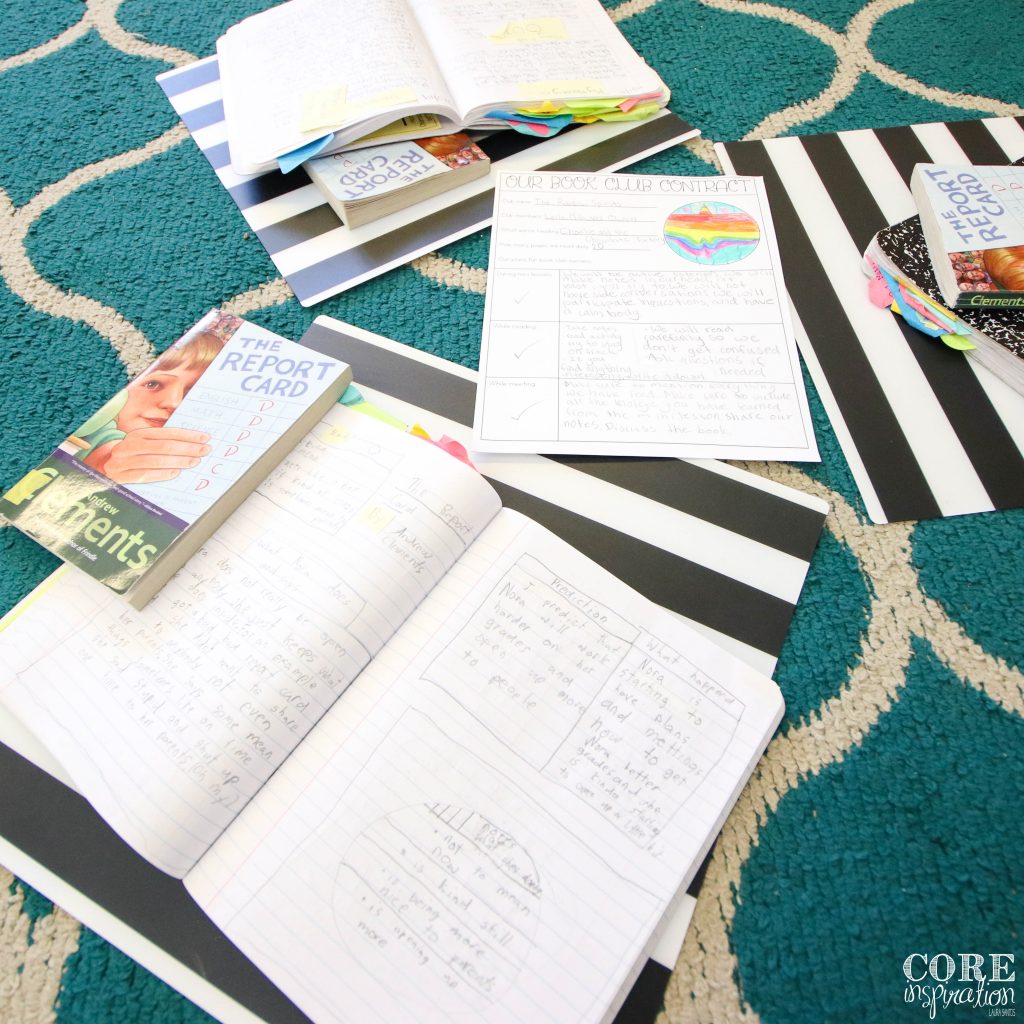
Lap Desks
Some of your students may enjoy writing on their lap while working on the floor, but don’t quite have the coordination skills needed to balance their notebook and write neatly. Plastic lap desks are a perfect option. These stackable plastic lap desks from Michael’s are easy to store, easy to clean, and have little storage compartments on each side that help students contain their supplies when working or moving around the room.
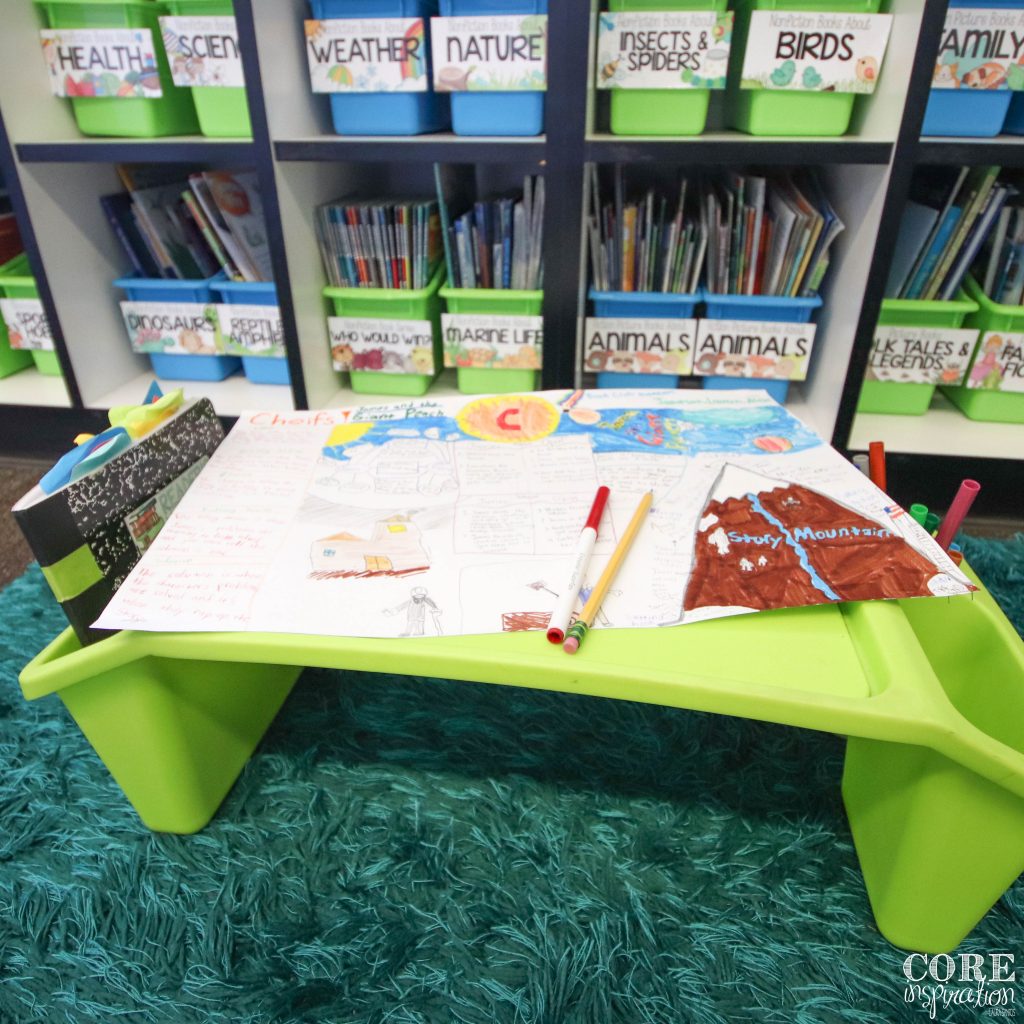
Stools
Stackable stools are yet another easy-to-store flexible seating option. These Marius stools from Ikea can be used around the room to transform any table, desk, or counter into a workspace, and then stacked away when they’re not being used. If you opt for white stools, you may need to clean the seat surface each summer. Using Comet and scrub brush makes them like new year after year.
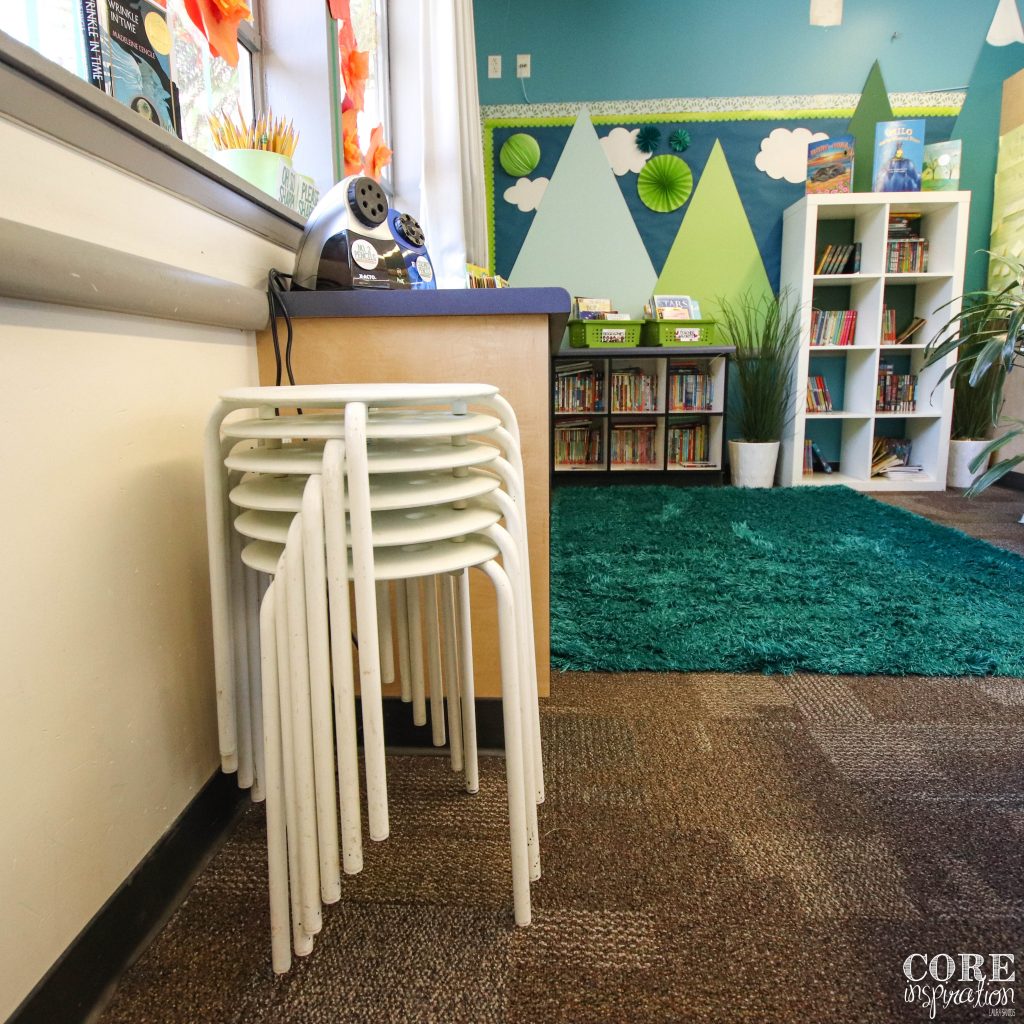
What’s Your Flexible Seating Approach?
These five options are easy to implement if you are ready to give flexible seating a try. Do you prefer full flexible seating, or the approach I suggested above? Either way, I’d love to hear from you in the comments below. If you have any other low-cost, simple flexible seating options in your classroom, be sure to share those as well.


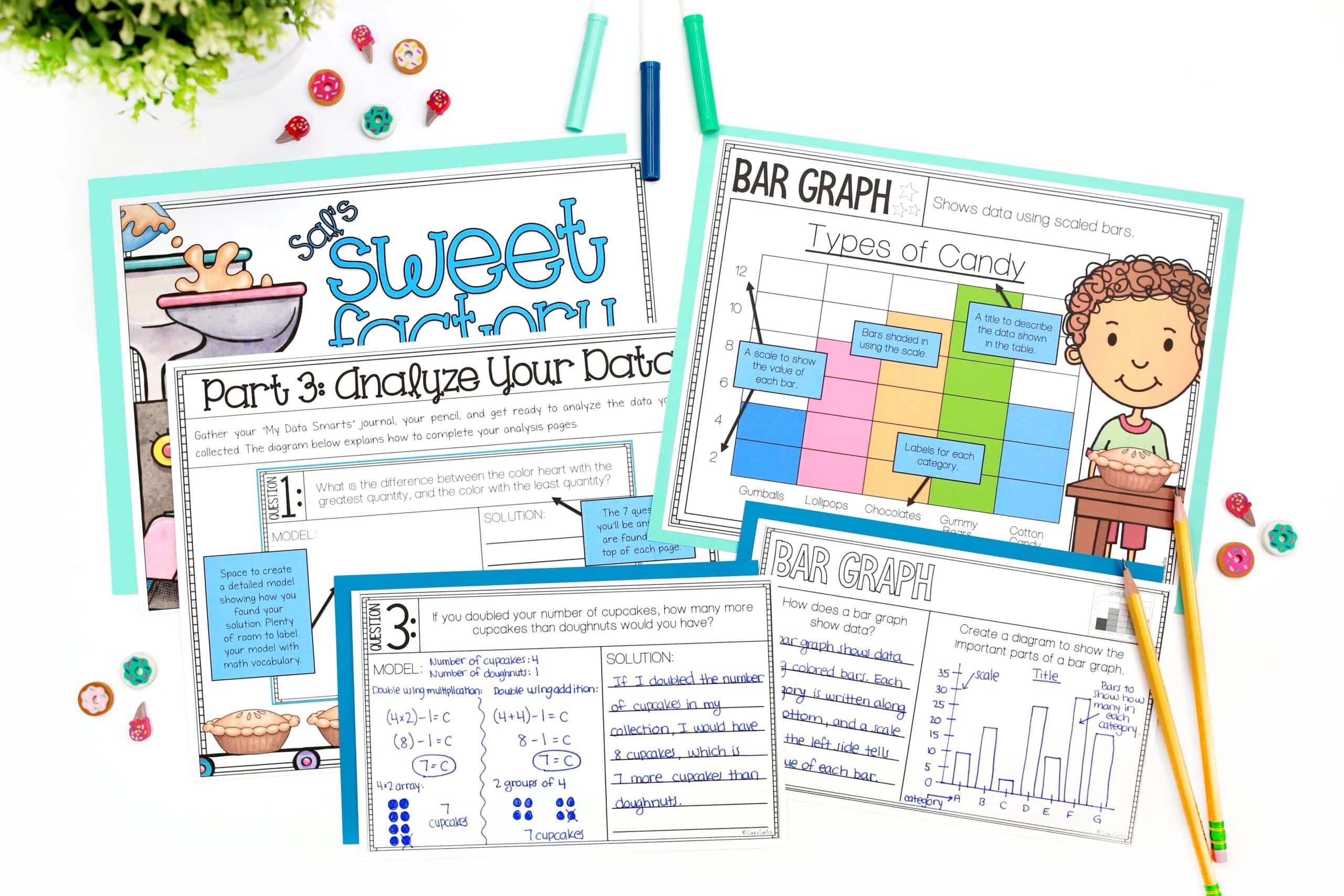
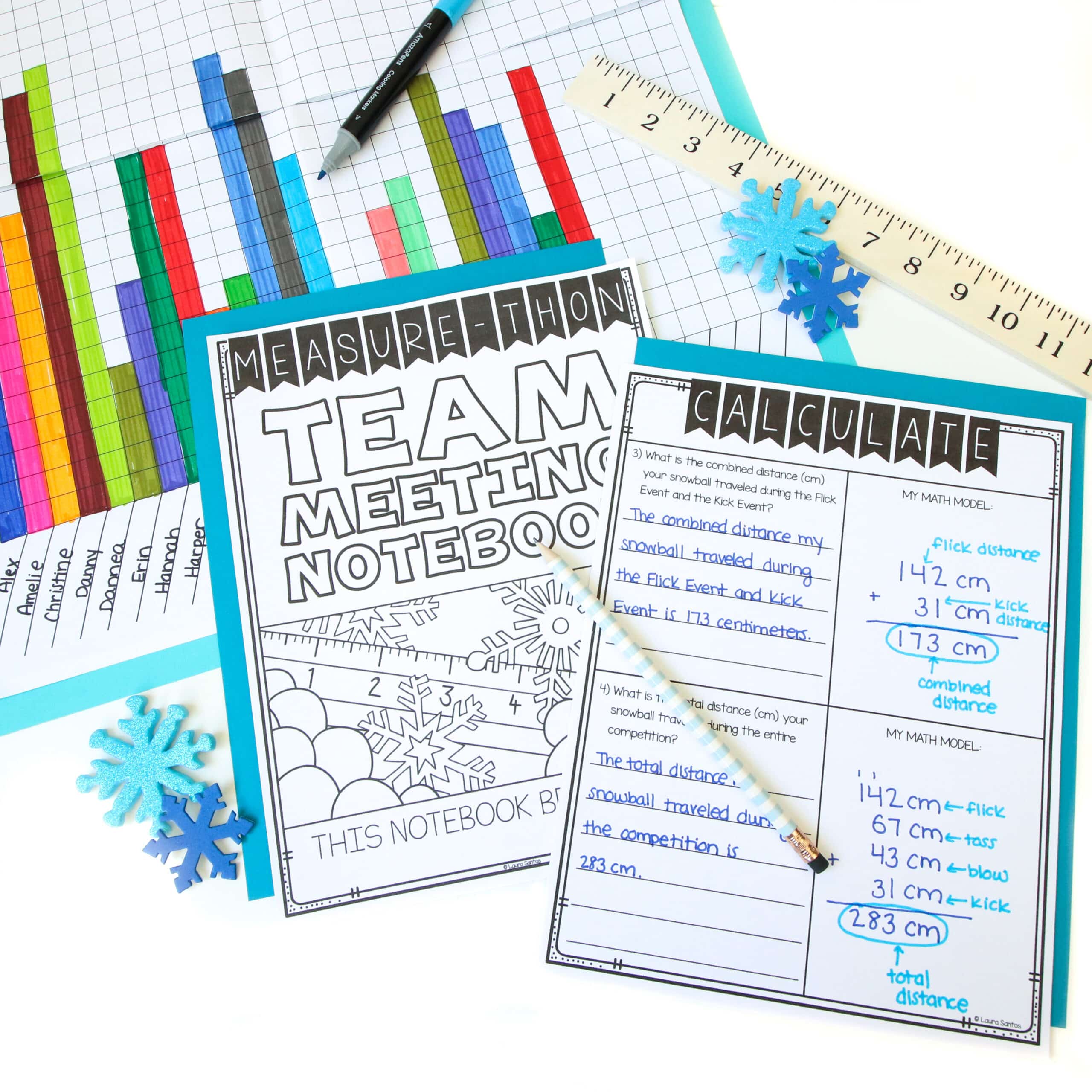

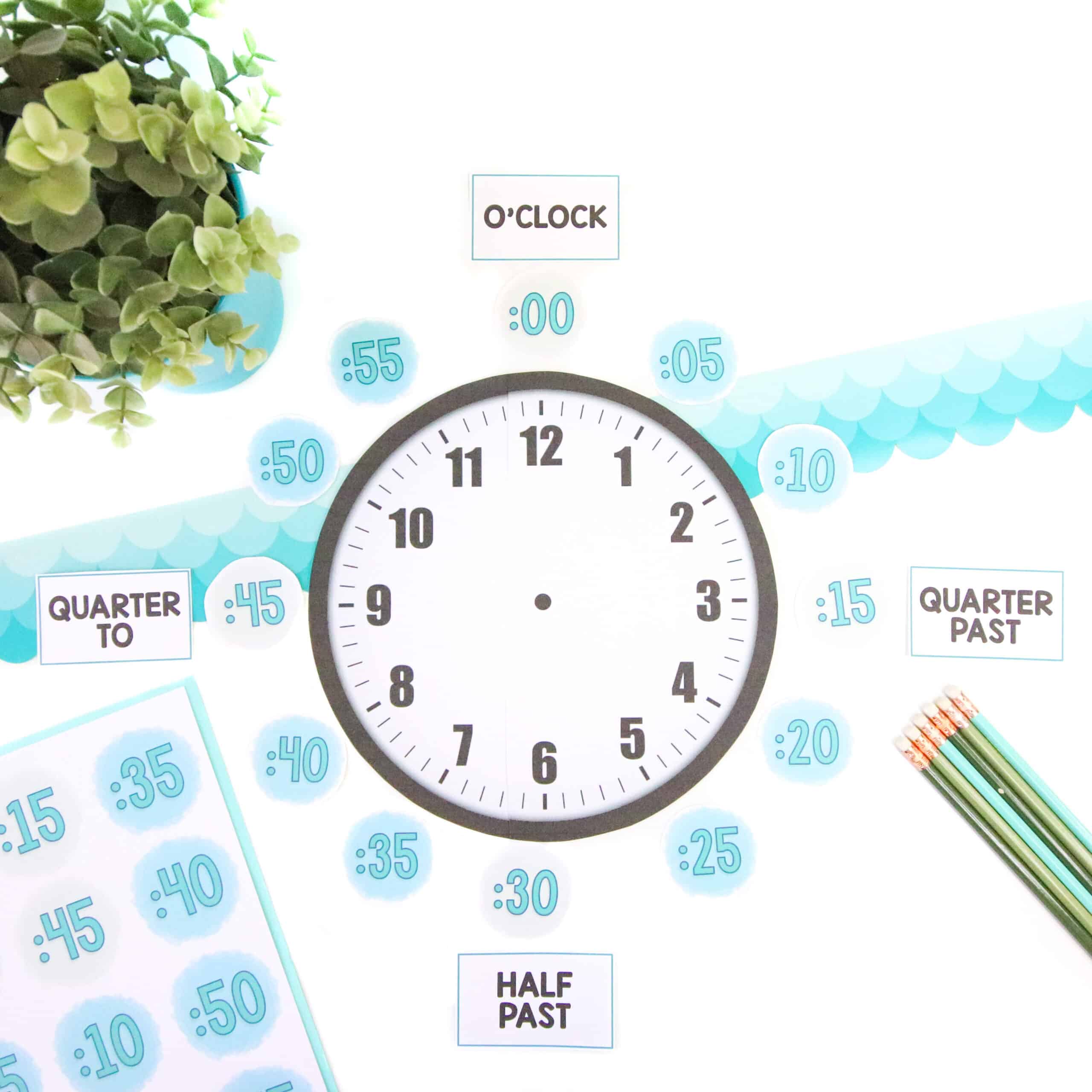
2 Responses
I love your approach. I do use adaptive seating, my students work at table, sitting on stools and balls I also have lap desks and lap desks that students may use when they need to work off by themselves.
Thanks for sharing Rebecca. 🙂 So great to be flexible and meet the needs of students.